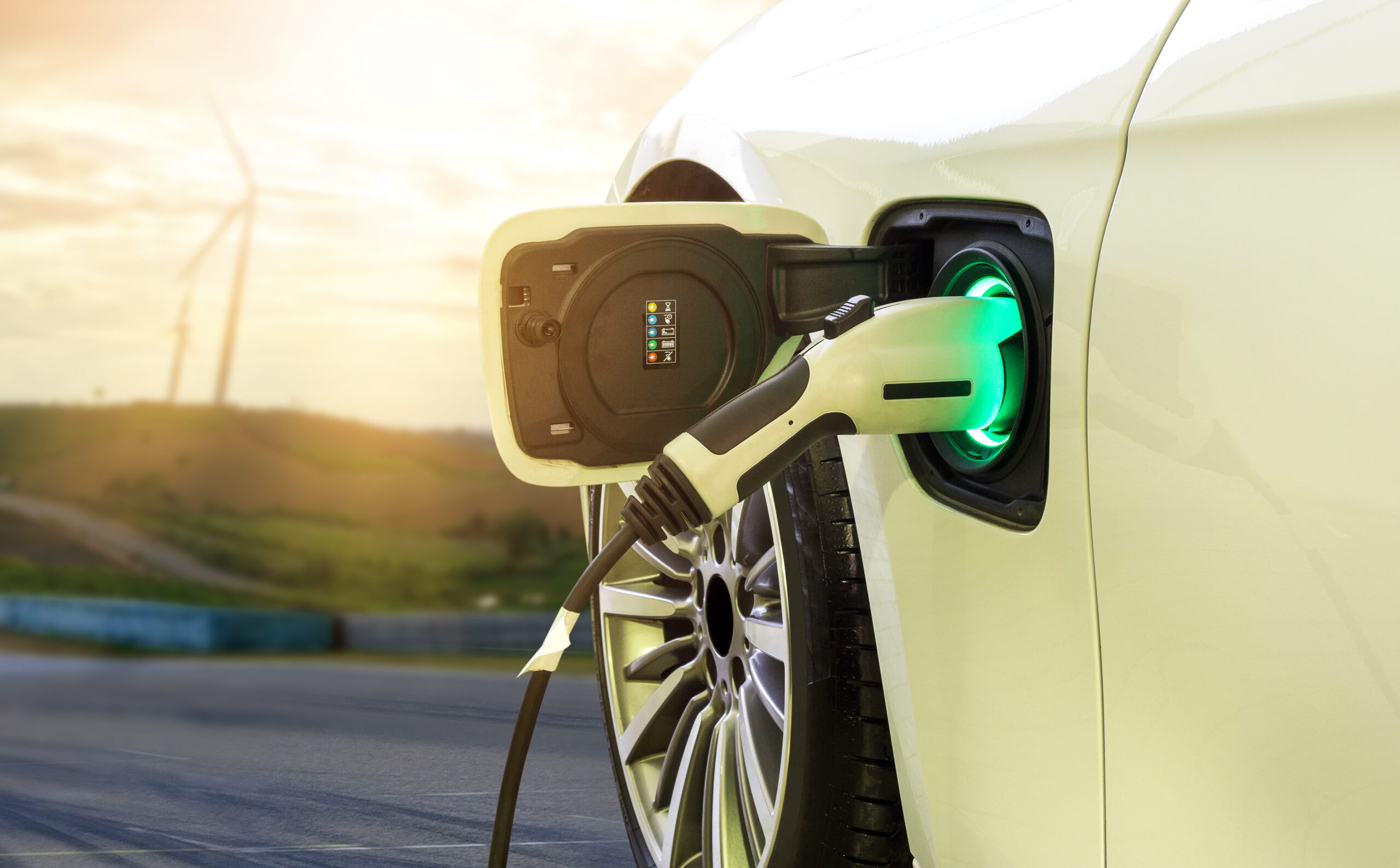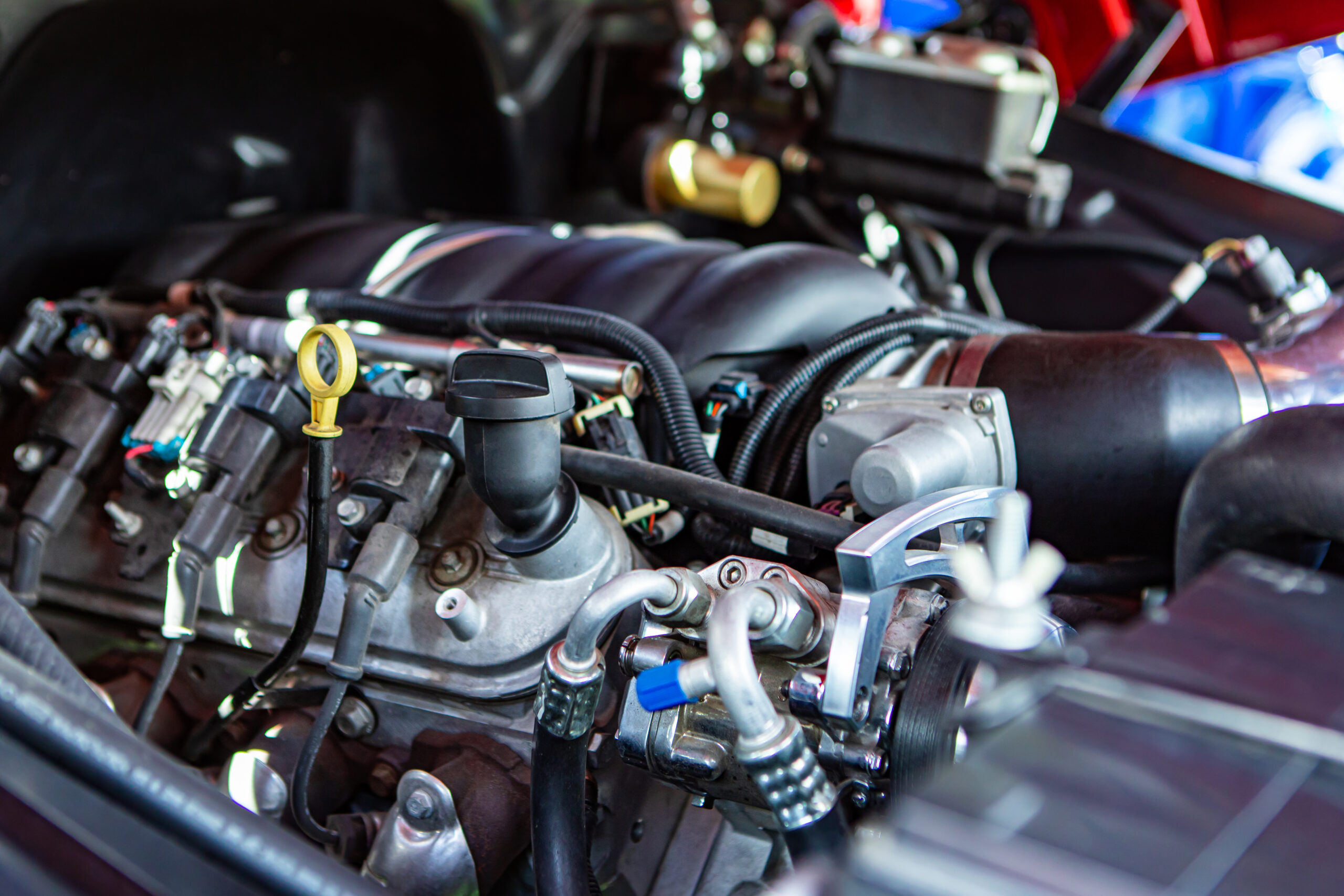What are electric turbochargers?
What are electric turbochargers? in Turbo3 we explain it to you.
Electric turbochargers, unlike conventional turbochargers with turbines, have the advantage of being able to regulate the charge air pressure independently of the available exhaust energy. This helps to improve performance and can increase engine efficiency.
While the turbocharger is designed with performance in mind, the independent electric variant of engine operation improves spontaneous response through a particularly fast charge air pressure build-up. Therefore, this is a suitable alternative to turbochargers, which are often very expensive and require a lot of space.
The electrical power required for charging air pressure build-up may also be fully or partially available due to the higher recovery performance of the 48V system. This also helps improve efficiency.
Furthermore, electric compressors combined with conventional turbochargers ensure that turbo lag is largely compensated for at lower speeds.
After the first oil shock in 1973, turbocharging became more accepted in commercial diesel applications. Until then, the high costs of investments in turbocharging were only offset by savings in fuel costs, which were minimal. Increased restrictions on emissions regulations in the late 1980s led to an increase in the number of turbocharged truck engines to the point where all truck engines today are turbocharged.
In the 1970s, with the introduction of the turbocharger in motor sport, especially in Formula I racing, the turbocharged passenger car engine became very popular.
The word “turbo” became very fashionable. Back then, the total practice of car manufacturers offered at least two high-end models equipped with a turbocharged gasoline engine. However, this phenomenon disappeared after a few years since, although the turbo petrol engine was more powerful, it was not economical. Furthermore, “turbo lag”, the delayed response of turbochargers, was still relatively large at the time and was not popular with most customers.














